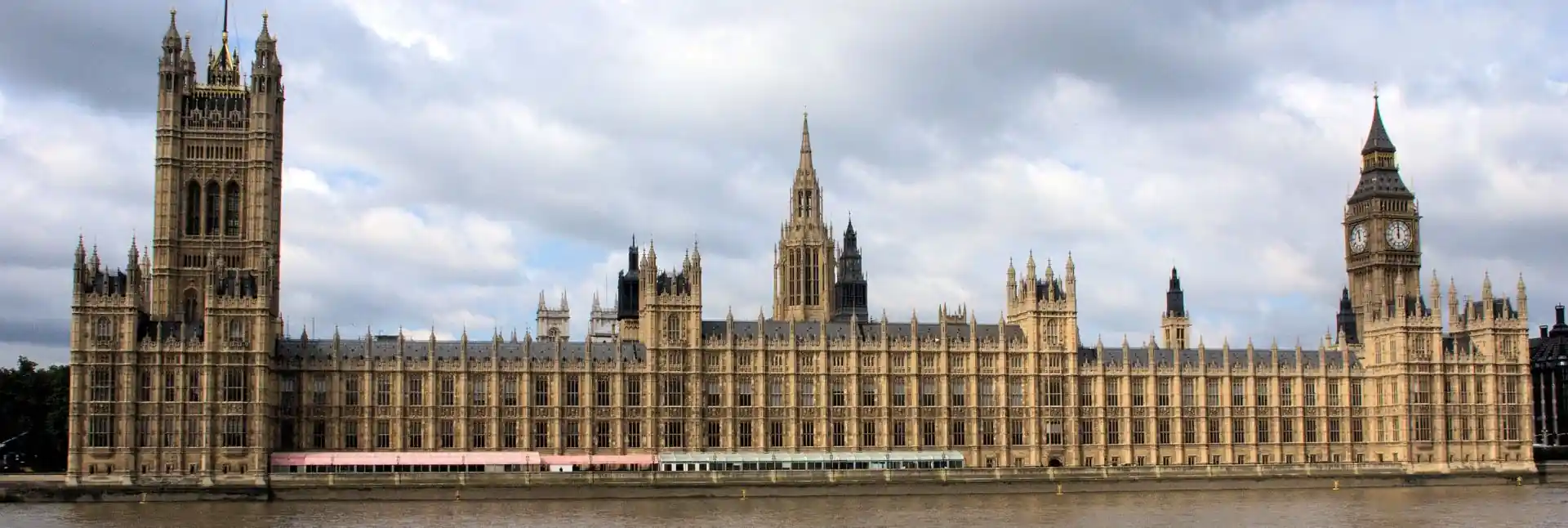
From the Sound of Big Ben to the Gothic Echoes of Westminster Abbey
On the banks of the River Thames stand two landmarks that define the city's skyline: Big Ben and Westminster Abbey. Just a few steps apart, they differ in style, function, and symbolism—but together they form one of the most imposing and historically rich urban landscapes in all of Europe.
The London Skyline
From the riverside plaza or even Westminster Bridge, the view is cinematic. The Palace of Westminster, with its neo-Gothic towers, stretches its regal wings toward the water, while the iconic silhouette of the Elizabeth Tower—popularly known as Big Ben—rises tall, marking the passage of time with every chime. Just a few steps behind, but equally majestic, stands Westminster Abbey, a stone temple holding centuries of history, tradition, and the nation’s spiritual heartbeat within its walls.
These two landmarks share the same neighborhood and spotlight, but not the same character. One speaks of government and order; the other of faith and eternity. Today, we want to talk about the two sides of the same landscape and how this duality offered by Big Ben and Westminster Abbey makes a visit to these monuments doubly enriching.
Big Ben: Guardian of Time and National Symbol
The first thing to clarify is that what we commonly call “Big Ben” is actually the name of the great bell inside the clock tower of the Palace of Westminster. Its official name, since 2012, is Elizabeth Tower, in honor of Queen Elizabeth II’s Diamond Jubilee. However, the nickname Big Ben has remained strong in the public imagination.
Built between 1843 and 1859, Big Ben is part of the Palace of Westminster complex, the seat of the British Parliament. Its neo-Gothic architecture, designed by Charles Barry and Augustus Pugin, represents the ideal of moral and enduring power. But it's the clock and its chimes that truly capture the soul of the tower and the hearts of visitors.
With four clock faces visible throughout the city, each seven meters in diameter, Big Ben keeps time for London. Its main bell, weighing over 13 tons, emits a deep and solemn tone that has accompanied generations, even during wartime, when its sound became a symbol of resilience.
In our experience, many visitors are struck the first time they hear that familiar sound—thanks to movies or TV—ringing out live, not just above their heads, but resonating through their chest. In that moment, Big Ben stops being a visual icon and becomes an unforgettable memory through a physical and sonic experience.
Westminster Abbey: A Sanctuary of Living Stone
Just a few steps from the clock, across the wide Parliament Square, stands the impressive Westminster Abbey, a church with an English Gothic façade and flying buttresses that defy gravity.
Founded in the 10th century and rebuilt starting in the 13th, the abbey is not just a religious building. Every English monarch since William the Conqueror has been crowned here, and over 3,000 individuals are buried or commemorated inside, from Isaac Newton to Stephen Hawking, including Dickens, Darwin, and Queen Elizabeth I.
The abbey’s architecture is meant to elevate the spirit, like many churches of its time; visitors were meant to feel small within its nave, compelled to raise their gaze toward the light, toward God. This was not a boastful projection of grandeur—it was a way of reminding us that there’s something greater than ourselves.
Its Gothic nave is the tallest in England, and the colorful stained-glass windows above bathe the interior in a divine aura. The ornate chapels invite contemplation and wonder. The silence inside contrasts starkly with the bustle of nearby streets, reinforcing its role as a sacred space, not just for the Anglican faith, but for the UK’s collective memory.
Earthly Power and Spiritual Power
While Big Ben—and with it, the Palace of Westminster—marks the pulse of British politics, Westminster Abbey embodies national spirituality and the deepest symbolism of the monarchy. Both buildings represent different spheres of British power, and their physical closeness only underscores the duality that underpins much of the UK’s identity.
In the former, laws are debated, policies are shaped, and decisions are made that affect millions of citizens. It is the seat of Parliament, and therefore of modern democracy and government.
In the Abbey, on the other hand, rituals connect the country to its history, faith, and national continuity. It’s here where monarchs are crowned, like Charles III in 2023, as well as royal weddings—such as that of Prince William and Catherine Middleton—and state funerals, including those of Queen Elizabeth II and Princess Diana.
Politics and ceremony. Government and tradition. Parliament and Crown. Nowhere else in London is this contrast as tangible as here, at this monumental corner by the Thames. Seeing them together is an unmissable experience—buy your tickets to Westminster Abbey and enjoy Big Ben while appreciating the dual nature of this iconic riverside.